While noone but Atmel designers can say for sure, but one of the reasons the pins are switched is exactly to highlight they are different. VCC and AVCC are different, as well as GND 6 and GND 21, which is technically the AGND. They are not intended to be two redundant pins. By offsetting them from each other, it makes PCB designers rethink what they are doing if they simply tied them together for convenience. From the ATTINY26 datasheet:


Some other Atmel parts explicitly reference the second ground pin as AGND (ATTINY 87, 167, 261, 461, 861)
While the unexpected benefit of the offset pins is that it prevents frying the chips if inserted incorrectly, I highly doubt that is a high concern in any industrial manufacturing process. If anything, if an output high on the left side is suddenly an connected directly to ground on the right side by mistake, you would have the same problem.


